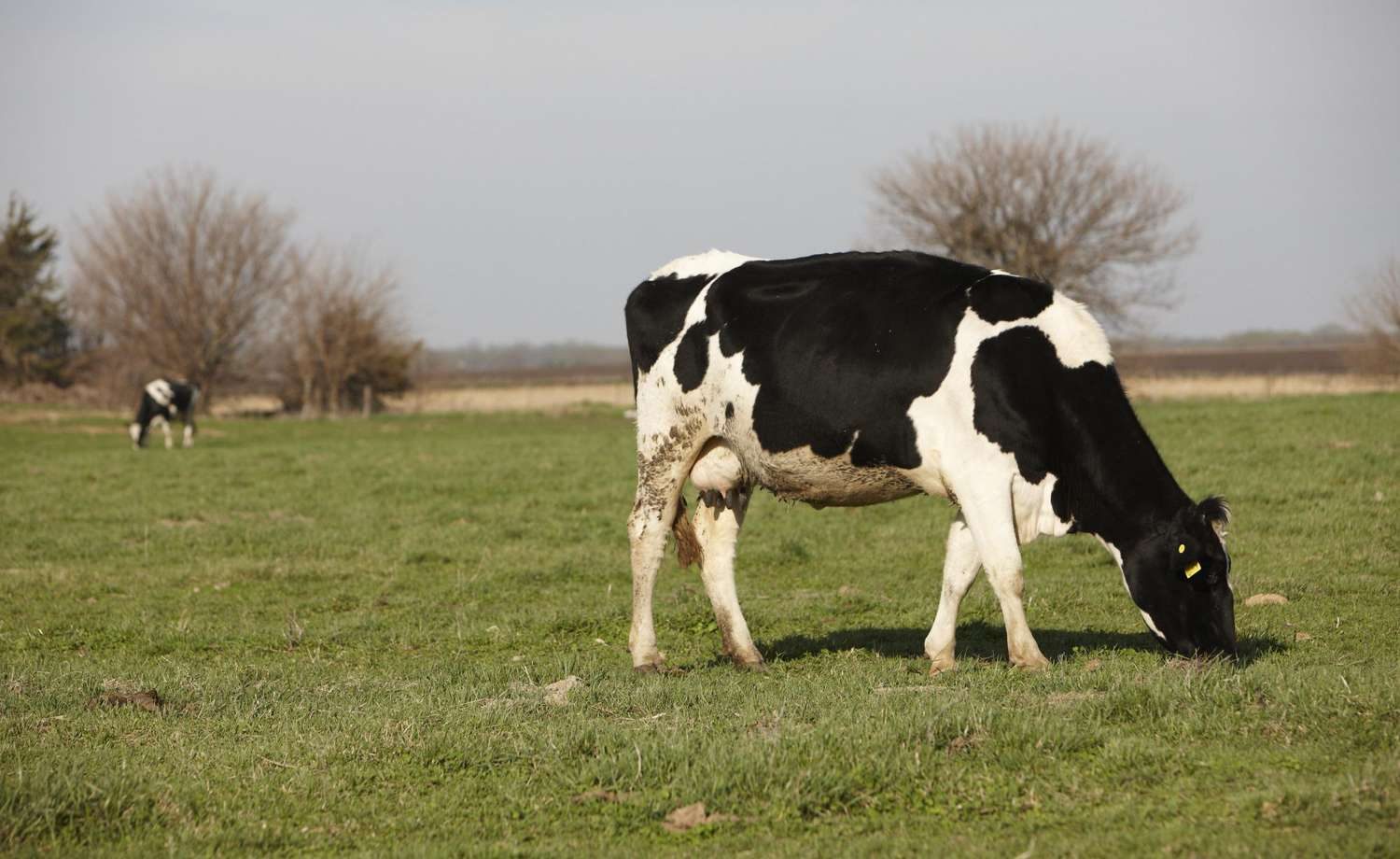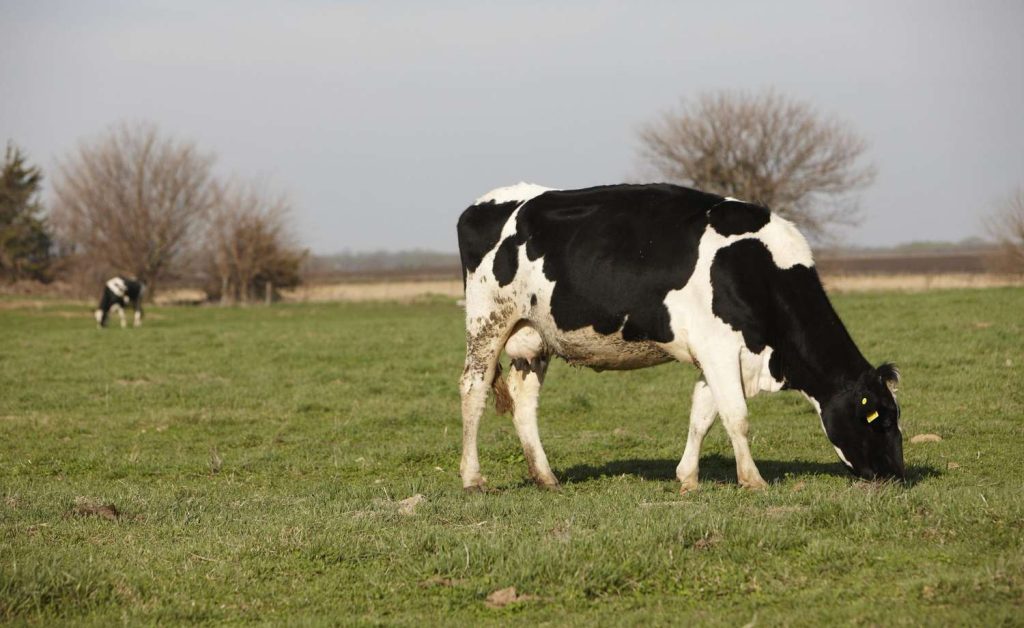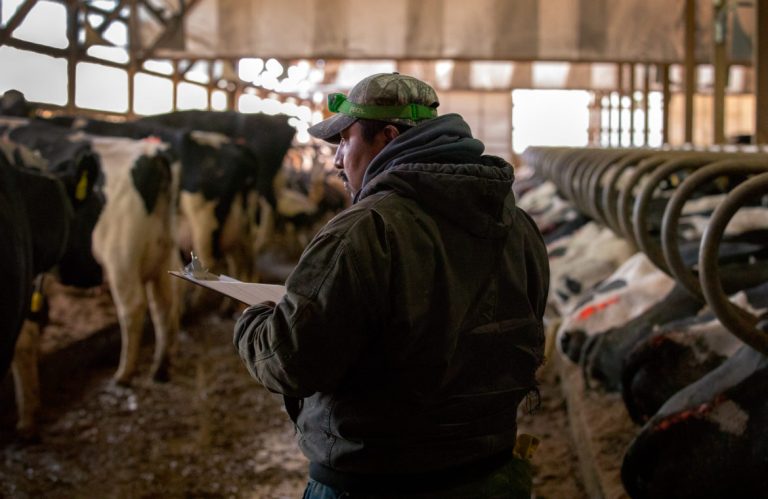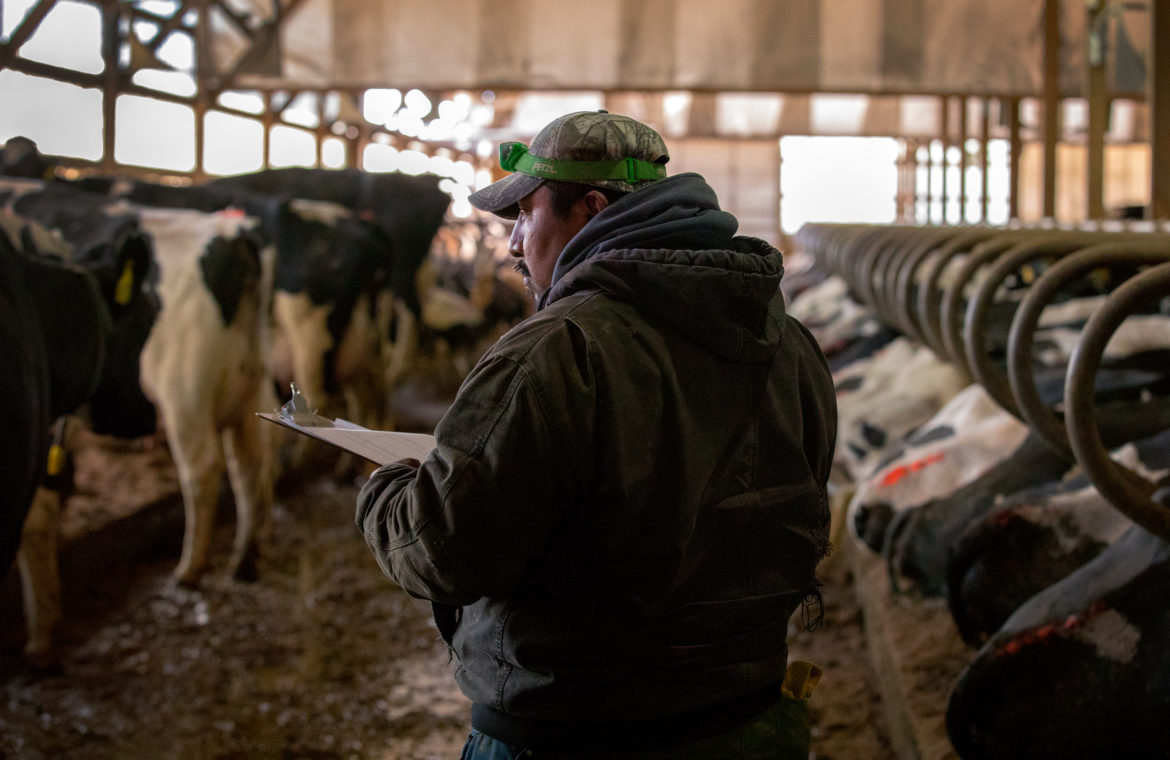URBANA, ILL – Dairy cows infected with avian flu in five U.S. states have died or been slaughtered by farmers because they did not recover, state officials and academics told Reuters in a report by Leah Douglas and Tom Polansek.
“Reports of the deaths suggest the bird flu outbreak in cows could take a greater economic toll in the farm belt than initially thought. Farmers have long culled poultry infected by the virus, but cows cost much more to raise than chickens or turkeys,” Douglas and Polansek reported. “…Some of the animals died of secondary infections contracted after bird flu weakened their immune systems, said state veterinarians, agriculture officials, and academics assisting in state responses to bird flu. Other cows were killed by farmers because they failed to recover from the virus.”
“In South Dakota, a 1,700-cow dairy sent a dozen of the animals to slaughter after they did not recover from the virus, and killed another dozen that contracted secondary infections, said Russ Daly, a professor with South Dakota State University and veterinarian for the state extension office who spoke with the farm,” Douglas and Polansek reported. “…A farm in Michigan killed about 10% of its 200 infected cows after they too failed to recover from the virus, said Phil Durst, an educator with Michigan State University Extension who spoke with that farm.”
⌊ Related Stories Following First Infections, Response, Status
“In Colorado, some dairies reported culling cows with avian flu because they did not return to milk production, said Olga Robak, spokesperson for the state Department of Agriculture,” Douglas and Polansek reported. “…Ohio Department of Agriculture spokesperson Meghan Harshbarger said infected cows have died in Ohio and other affected states, mostly due to secondary infections. The Texas Animal Health Commission also confirmed that cows have died from secondary infections at some dairy operations with avian flu outbreaks.”
“New Mexico’s state veterinarian, Samantha Uhrig, said farmers increasingly culled cows due to decreased milk production early in the outbreak, before the U.S. even confirmed bird flu was infecting cattle. Culling decreased as farmers learned that most cows gradually recovered, she said,” Douglas and Polansek reported. “…Officials in North Carolina and Kansas said there have been few to no cow deaths associated with bird flu in their states. Idaho officials did not respond to requests for information.”
The Texas Animal Health Commission also confirmed that cows have died from secondary infections at some dairy operations with avian flu outbreaks. Officials could not provide figures for the number of statewide cow mortalities.
Outbreak Continues to Spread In Dairy Cattle Herds
Progressive Farmer’s Chris Clayton reported that “Minnesota and Iowa now have each confirmed new cases of H5N1 avian influenza in dairy herds,” meaning the outbreak has now spread to 11 states.
“With the Minnesota and Iowa herds, there are 86 dairies confirmed with infected cattle,” Clayton reported. “There have been 18 dairy herds that have tested positive since May 30. The USDA webpage tracking H5N1 is typically a day or two behind state confirmations. Since Monday, USDA also has confirmed new illnesses in three more Texas dairies, as well as another dairy in Idaho.”
“The increase in reported infections was expected as USDA has encouraged more producers to voluntarily test their herds for the virus,” Clayton reported. “Last week, USDA announced a pilot program that designates dairy farms as ‘negative status’ that have tested negative for the virus three weeks in a row using ‘on-farm bulk milk’ or similar milk samples.”
Food and Milk Supplies Remain Safe, Agencies Say
Despite the continued spread of the virus in U.S. dairy cattle, HealthDay’s Robin Foster reported at the end of May that the USDA said it “is confident that the meat supply is safe. USDA has a rigorous meat inspection process, which includes Food Safety and Inspection Service [FSIS] veterinarians who are present at all federal livestock slaughter facilities. FSIS personnel inspect each animal before slaughter, and all cattle carcasses must pass a second inspection after slaughter and be determined to be fit to enter the human food supply.” See the U.S. Food and Drug Administration for updates.













